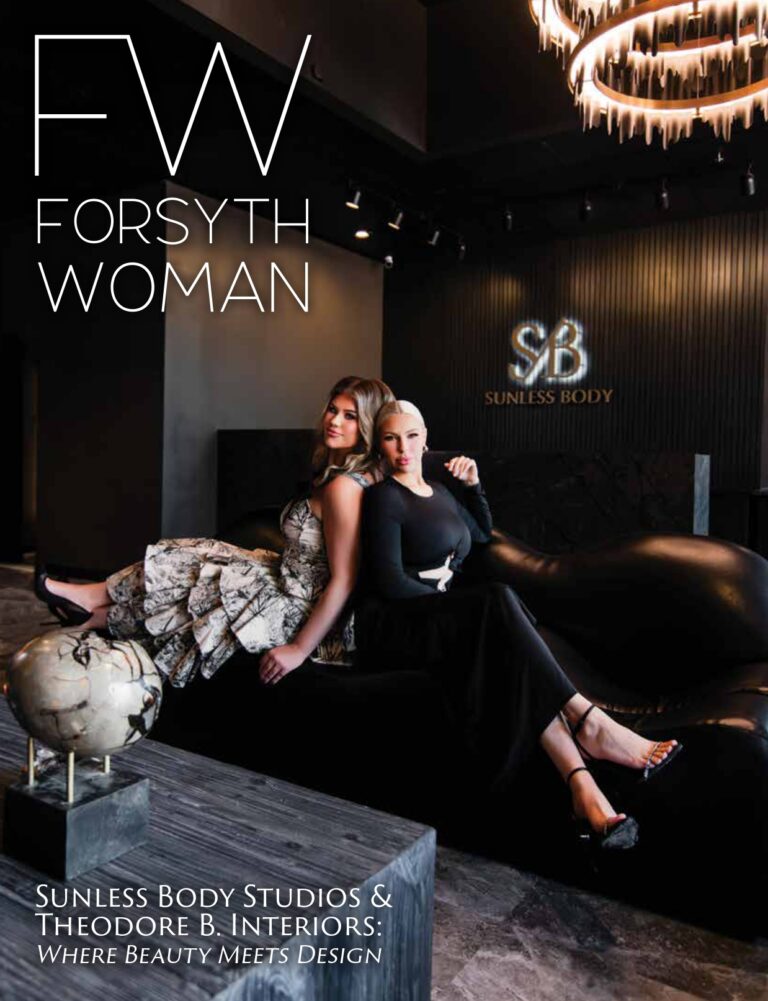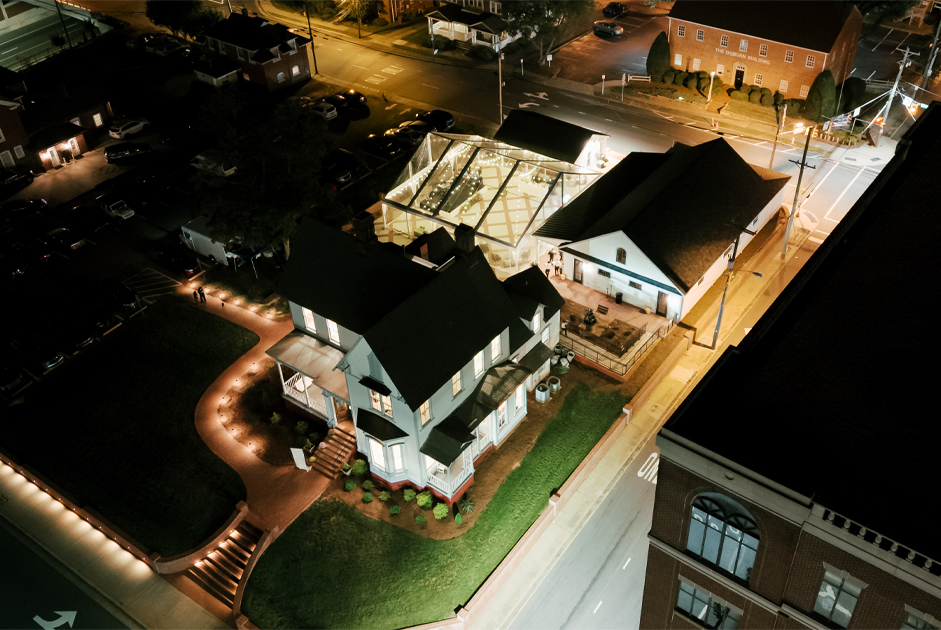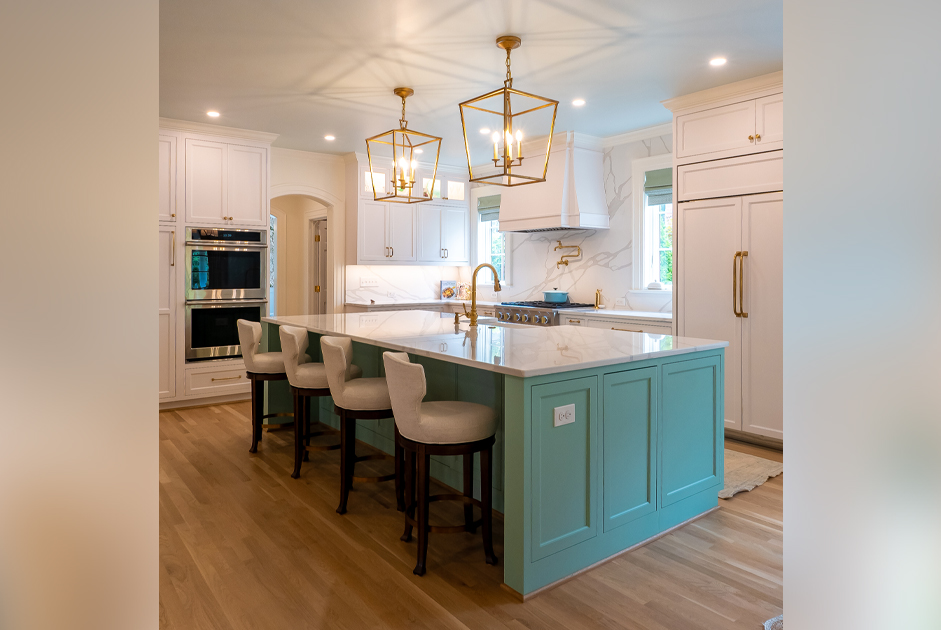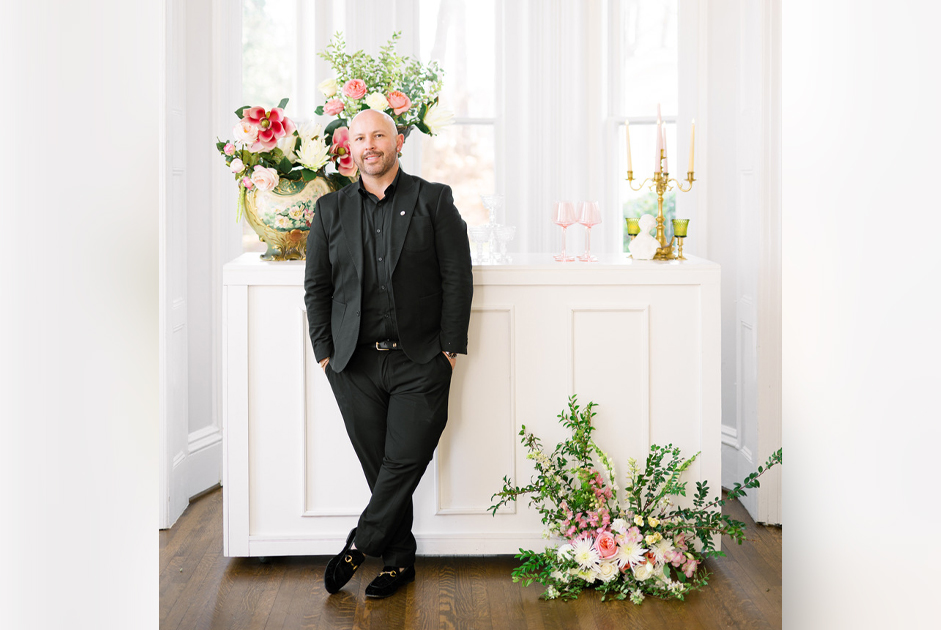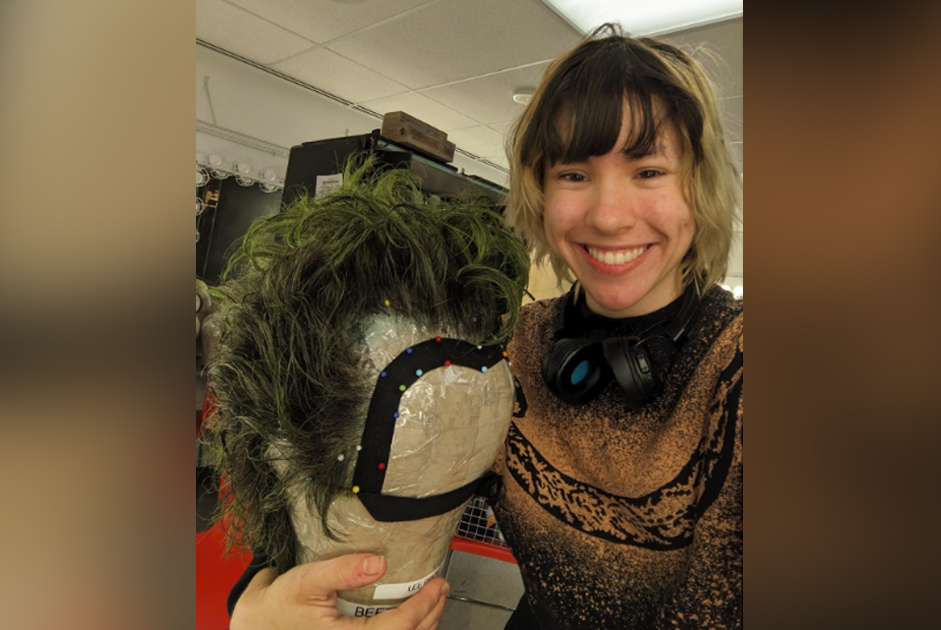Changing your environment has the power to change your life. Conversely, NOT changing it has the power to literally keep you captive and immobilized; particularly when you live in a cluttered space that can feel so overwhelming you have the things you own owning you. As a self-proclaimed hoarder (which I argue is a genuine disability), my house is a study in disorganization. There is so MUCH that it is often difficult just to find a path to other rooms in my abode. But, more importantly, it was not all the stuff that I owned that was crippling me but the unhealthy psychological attachment I have had to it. The stuff seems to have its own intrinsic life and meaning which holds me in a prison that finally began to feel impermeable. There is my adult son’s beanie baby collection, college notebooks from the University of California Berkeley full of lectures from 20 years ago, clothing from the 90s which is clearly outdated, the Starbucks coffee mugs, 60 all told, sitting on a shelf, not used and broadcasting images of cool chic if only someone might notice. Like Popeye, I finally rose up and said “I’ve had all I can take, and I can’t takes no more.”
The game changer for me was a book I just happened to pick up one day in the library entitled “The Gentle Art of Swedish Death Cleaning: How To Free Yourself and Your Family From A Lifetime of Clutter.” The unconventional title caught my eye, and I sat down at a desk and read at least half of it in one sitting. The author, Margareta Magnusson, developed the idea of Swedish Death Cleaning (or, dostadning, as it is called in her native language) which essentially argues for eliminating unnecessary items from your home so that loved ones won’t be burdened with the task after you are gone. The idea, according to her, is that once you reach the end of middle age, you should get rid of all the stuff you have accumulated which you don’t need anymore – so that no one else has to do it for you after you die. She says that you should begin the process if you’re 65 or older (although younger folks can do it as well). Since it is admittedly laborious from a physical, emotional and cognitive viewpoint, the reality is to do it sooner rather than later when you still have sufficient energy to undertake the work.
Swedish Death Cleaning is deep – on one level it essentially helps you prepare for death and facing one’s morbidity. But, it is not simply about dusting or mopping up – rather it is a permanent form of organization that makes your everyday life run more smoothly. Admittedly you might feel some pain in letting go of things that once gave you pleasure (goodbye high school love letters), but it can also be a surprising delight to go through things and reminisce about their meaning and worth. As enthusiastic followers of SDC will tell you, it fits nicely into the concept of the minimalism movement whose premise is that if you pare down, you can better focus on the really important things in life – happiness doesn’t come from stuff but rather from relationships and experiences. Social influencer Marie Kondo famously asked people to part with anything that didn’t spark joy when we touched it. How true. One of the benefits of SDS is that living with less mess and clutter makes us live with a “lighter footprint.” As Magnusson says “life will become more pleasant and comfortable if we get rid of some of the abundance. Mess is an unnecessary source of irritation.”
Getting rid of the clutter might make you happier, less stressed and ultimately more productive. A secondary benefit is doing a favor for those who survive you who won’t have to figure out what to do with all of your belongings. Ultimately, we have to face down that inevitable talk about death and SDC may be a presumptive good way to start that conversation. One can start by gifting friends and family your objects, donating or selling them. “Begin where you are” as the old saw says – go ahead and clean up your home like there is no tomorrow. In the past few months, I have been doing just that and feel a powerful sense of lighter being and personal peace. SDC works. I think about the wisdom of a statement that Mother Teresa made and fully agree with it: “The more you have, the more you are occupied. The less you have, the more free you are.”

